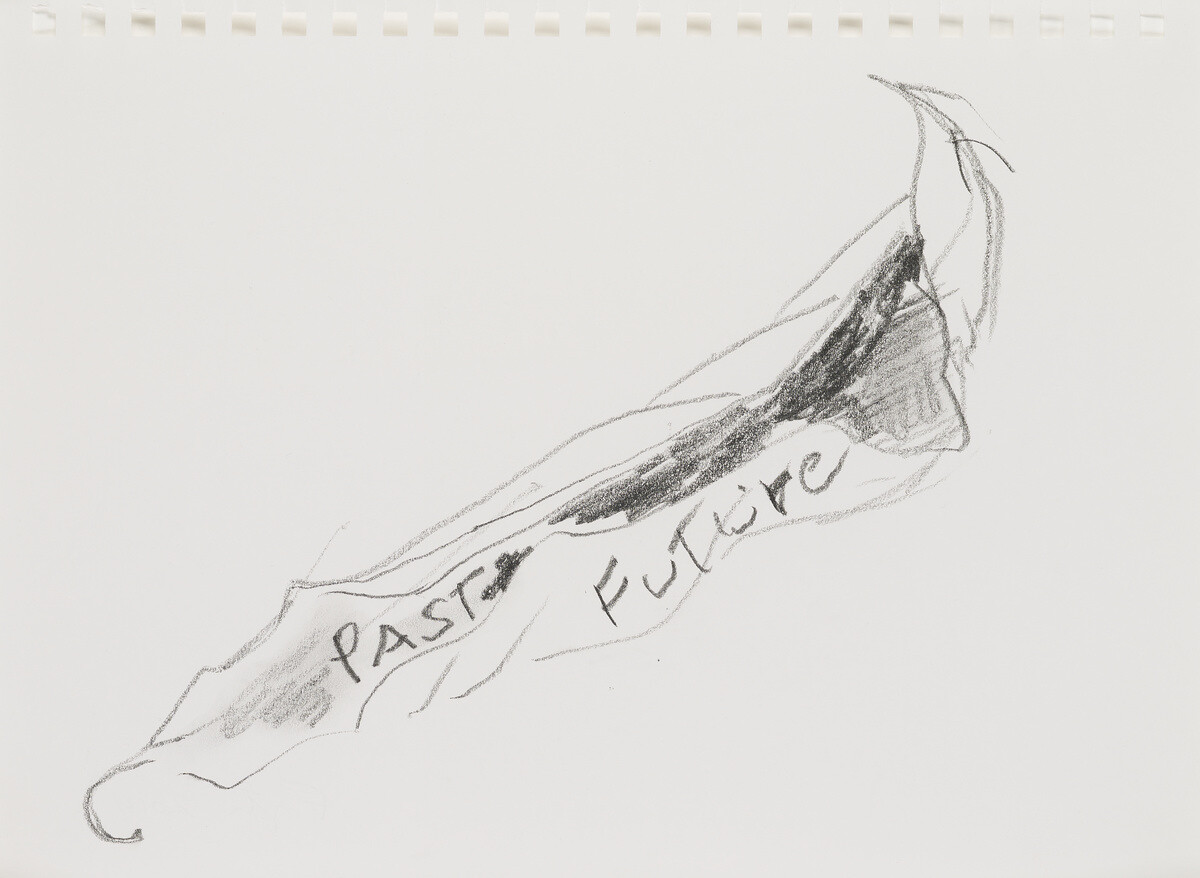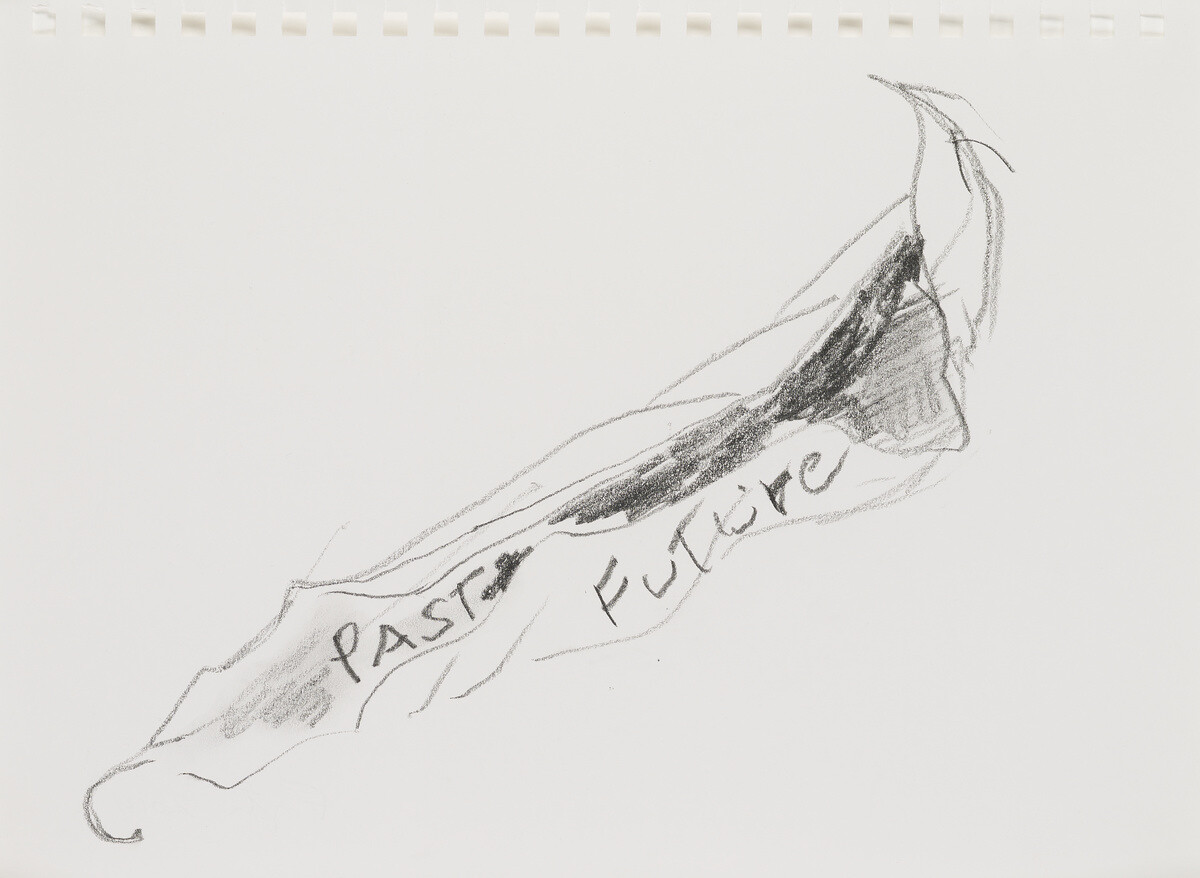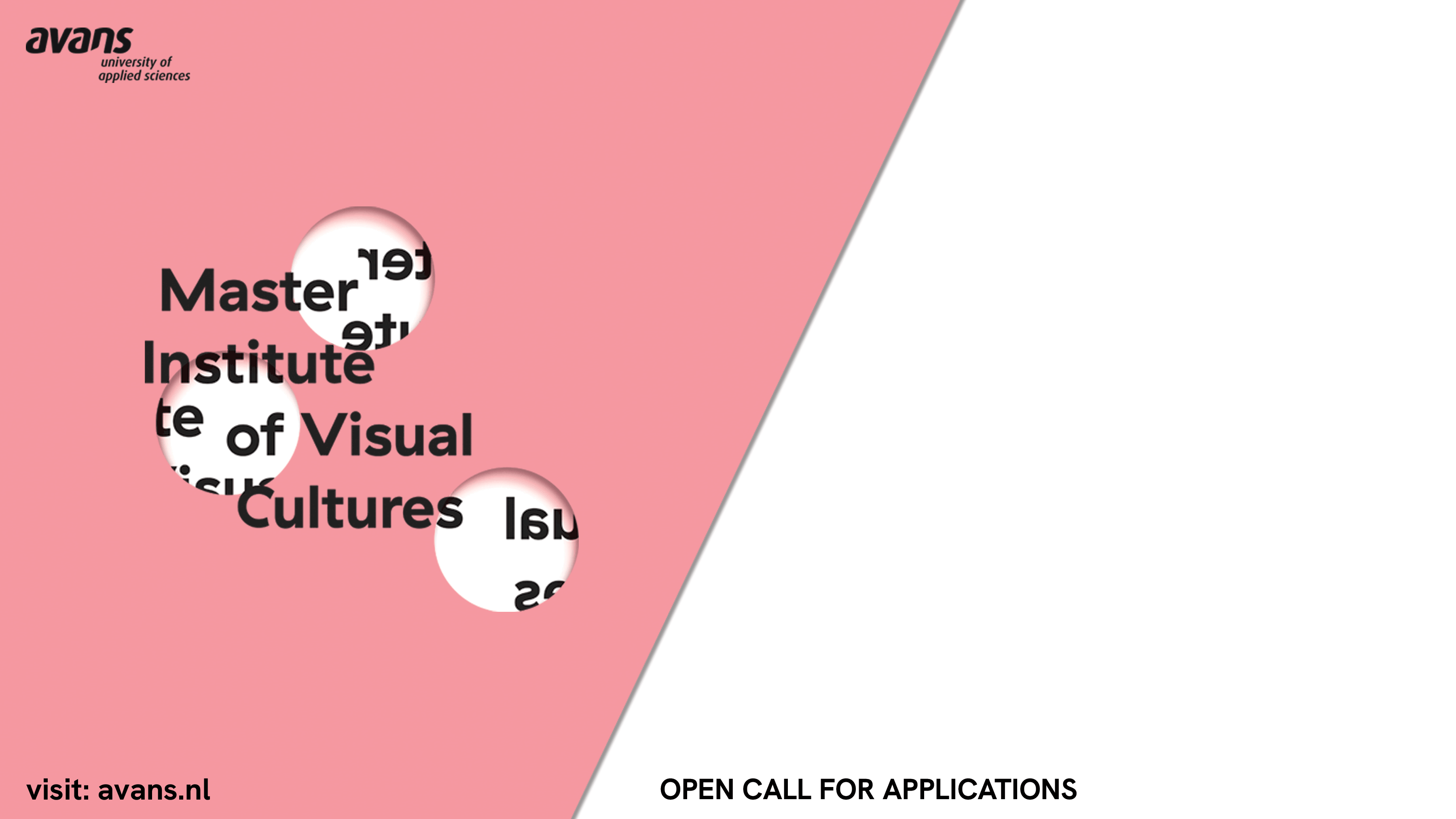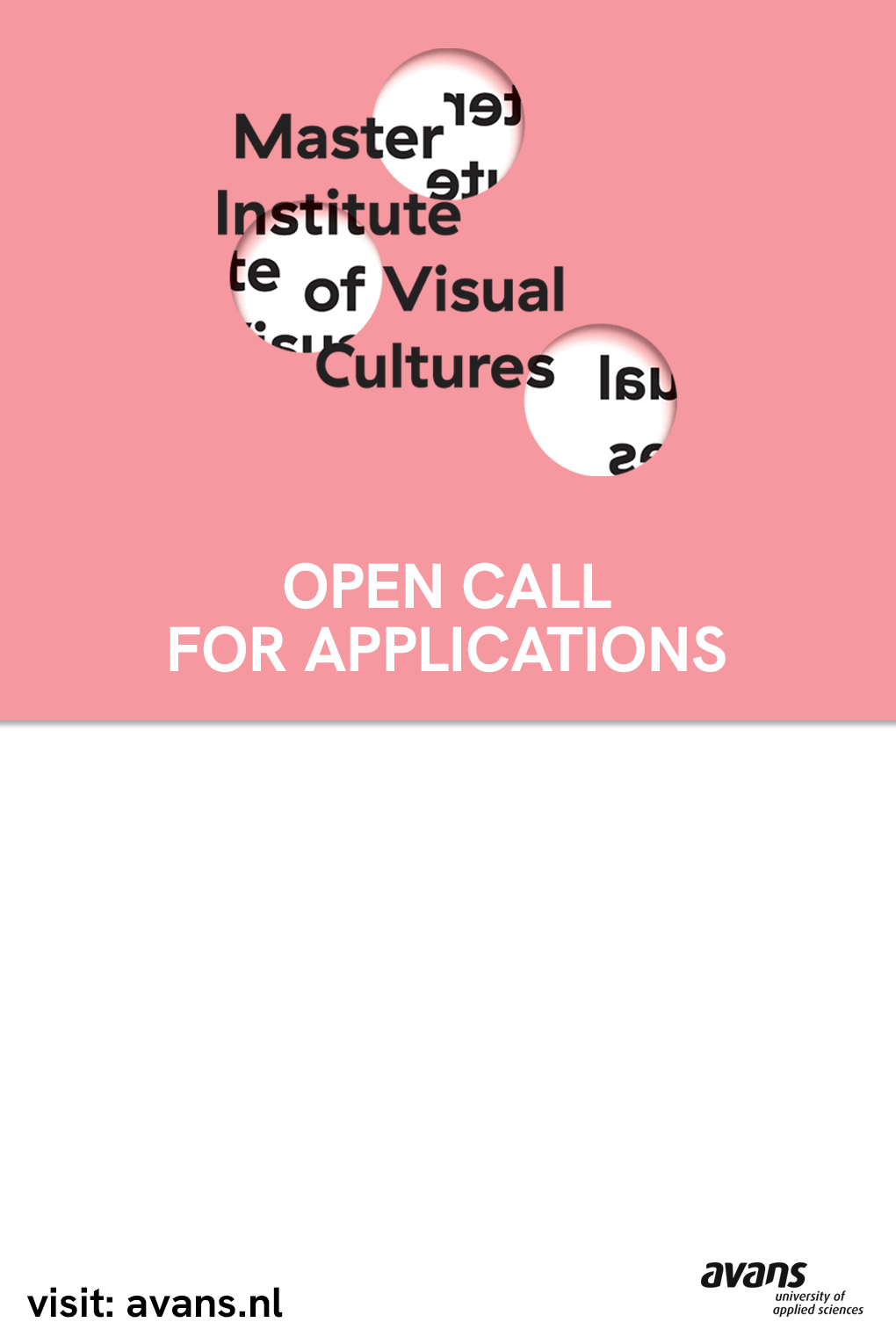The hearing of what is inaudible is called “clairaudience”—the aural equivalent of clairvoyance. Another term for this ability would be “remote hearing.” Just as in clairvoyance (from the French for “clear vision”), the one who hears clearly defies space-time determinants. The notion of clairaudience may be rarely encountered, be we can nevertheless trace it as a consistent concern in music and poetry making, perhaps starting with the following ten examples.
1.
Graphic scoring, with its deviations from traditional notation, can aid open-ended composition and performance. B Vor is a graphic score by Katalin Ladik that is characteristic of her work from the 1970s. A performer and poet from Vojvodina, Serbia, Ladik is known for assembling unusual materials into collage-based music notations for her own voice. As a cue for musical performance, a visual object can unleash unanticipated sonic interpretations. This quality is nothing new in the world of musical scores, which are all “structures that want to become other structures,” to borrow a quote from Pier Paolo Pasolini. Yet there is a temporal aporia that makes B Vor and other works of its kind stand out from both conventional notations and other graphic scores. To create the score, Ladik covered a paper with fragments of dress patterns from women’s magazines, which were meant to aid in DIY dressmaking in socialist states suffering material shortages. The irony in these complex artworks is unavoidable. Ladik’s naked performances often sparked scandal, and in her scores the objects representing voice are designs used to cover the body. The temporal vibration of air is represented by a spatial object—one that is flat but suggests a potential to expand into three dimensions by transforming into a song or a sculpture. It stands outside of time while also being a time-based structure. I think this potential arises from Ladik’s vocal and visual work that grows out of an involvement with poetry.


Katalin Ladik, B Vor, 1973. Collage. Collection of Muzeum Sztuki, Łódź, Poland. Courtesy of the artist.
2.
British poet Douglas Oliver’s book Poetry and Narrative in Performance investigates the speech patterns of performed poetry. He is interested in the instability of stress and its complex relationship to the passage of time:
A stress is born in time, and in sound, meaning and emotion; but it also stands outside time in a sort of minor, eternal present, a trembling instant which half stands still, partly resisting the flow of the line which creates it. It probably represents a little model of how our minds relate the instant of time to the flow of time; here lies its great fascination.1
Oliver links this quality to modernist aesthetics by quoting T. S. Eliot. The problem of locating the stress in poetry is associated with poets like Eliot, Ezra Pound, and H.D., who all saw poetry as occupying a strange territory where the present and the perennial meet. This relates to what Alice Notley calls the “instability” of poetry, where unfixed meaning forms outside of time, only to be actualized during the reading of a poem. A poem exists in an eternal present, and Notley links this quality to the main difference between poetry and music:
But the voice of it is more than the vocal voice: a voice in my brain rolled up on skeins in cells, which can be taken out and read through. I possess the voice/poem in both the rolled-up and extended form. A poem is about knowing something both all at once and in its unrolling in time. A song is more about being in time.2
Could it be that in songs, the unfolding of time prevails over the eternal precisely because songs situate the stress?
3.
Morton Feldman opens his essay “XXX Anecdotes and Drawings” with a story:
As you remember, Orpheus was a popular poet. He is like Frank Sinatra. He is in modern dress and he’s walking down Paris streets and a girl stops him for an autograph and he goes to the avant-garde café and asks an elderly artist there what he is lacking. Why do all the other artists ignore him when he comes in? What’s wrong with his work? And the old man hands him a book and says this is the latest rage. He picks up the book and he’s looking at empty pages, you see, and he is out of it somewhat, and he hands the book back to the old man, who looks over and says to him, “Astonish us!”3
This story sounds like a joke on Feldman’s old friend John Cage, even if the score of Cage’s infamous 4:33 (1952) did contain at least a few symbols. The story is actually based on Jean Cocteau’s 1950 film Orpheus, which itself is based on a myth about a poet who travels to the land of the dead. In the film, Jacques Cégeste, the author of a blank book called Nudisme, is killed. Then he begins transmitting cryptic messages from the beyond through a car radio. Orpheus receives these messages and publishes them as his own poetry. Among the messages is the phrase “Les oiseaux chantent avec les doigts” (Birds sing with their fingers), an enigmatic line that Guillaume Apollinaire inscribed on a watercolor he painted for Pablo Picasso. He also wrote it in a letter to Cocteau.
Is Feldman claiming that his own music comes from elsewhere? Not necessarily. In fact, Feldman may have learned about the work of Cocteau through a friend, the poet Frank O’Hara.


Film still, Orpheus, dir. Jean Cocteau, 1950.
4.
This reception of otherworldly messages in Orpheus connects to the tradition of dictation in American poetry. San Francisco poet Jack Spicer might have been a listener to that car radio. He claimed ironically that his work came from Martians. Maybe he wanted to avoid being associated with a belief in the afterlife, so he positioned himself at the end of a radio wire that transmitted poetry into his brain, with Spicer himself as merely a mediator or receiving instrument. He did not necessarily agree with the content of these Martian poems, and they sometimes contradicted his own worldview. In the first part of Spicer’s long poem The Heads of the Town up to the Aether (1960), Cégeste reappears, dictating again. In the quasi-theoretical final part of the poem, Martians transmit lines of poetry that figure the wire as a levitating rope from “the Indian rope trick”:
And a little Indian boy climbs up [the rope]. And the Jungians and the Freudians and the Social Reformers all leave satisfied. Knowing how the trick was played.
There is nothing to stop the top of the rope though. There is nothing to argue. People in the audience have seen the boy dancing and it is not hypnosis.
It is the definition of the rope that ought to interest everyone who wants to climb the rope. The rope-dance. Reading the poem.
Reading the poem that does not appear when the magician starts or when the magician finishes. A climbing in-between. Real.4
Here dictation is the condition for another moment of transmission—that of reading. Reading happens “in-between” because it activates a poem that is otherwise outside of time, “that does not appear when the magician starts or when the magician finishes.” As text, the poem exists in its own eternal present. The rope levitating in midair without anything to hold it signals this moment of suspension.


Photograph of the Indian rope trick, May 1917. Photo: F. W. Holmes. License: Public domain.
5.
Rosemary Brown was a British medium who specialized in communicating with famous dead composers. Among her interlocuters were Debussy, Grieg, Liszt, Schubert, Chopin, Brahms, and Beethoven. She was closest to Liszt, who dictated a few posthumous works to her. He first appeared to her when she was seven, but she only realized it was Liszt when, ten years later, she saw his picture in a book. Between 1964—when Liszt began to transmit new work to her—and her death in 2001, she helped these composers bring more than one thousand works into the world. Her performances of some of these compositions were recorded and released by Philips.
It’s difficult to compare this case to the others I’ve described. There’s a surprising moment in a 1976 BBC documentary on Brown when she says that Liszt and Chopin have become fluent English speakers while in the land of the dead, even if they have strong accents. This is puzzling. In the lessons I described above, the suspension of time allows for transmission to happen. But here, ghosts relax and have tea while practicing their English vocabulary. Even if they learned to speak the language, isn’t it strange that they have accents? Should a ghost have an accent?
In fact, an accent is just like a composer’s signature style: a small detail that reveals the origin of a given piece, whether by Liszt or another famous composer. Style was what experts looked for when examining the scores written down by Brown for confirmation of life after death. But why should a dead composer have the same style as when they were alive?


Rosemary Brown
6.
In the late 1970s, a strange book caused a stir in the American music world. The Origin of Consciousness in the Breakdown of the Bicameral Mind by Julian Jaynes is based on a close reading of Homer’s Iliad. Jaynes noticed that in this epic poem, gods have such direct influence over men that men can absolve themselves from fault by claiming no agency over their deeds. For Jaynes, this is a remainder from a time when hearing voices was a form of communication between the two hemispheres of the brain. The “voice” in one’s head was conceptualized as a god. Initially, everyone had their own individual godly voice, before the gods were externalized and unified into the deities of the Greek pantheon. A key part of Jaynes’s argument concerns hexametric poetry, which, he assumes, was originally sung or hummed:
If we erase all our preconceptions about poetry and act toward the poem as if we had never heard of poetry before, the abnormal quality of the speech would immediately arrest us. We call it meter nowadays. But what a different thing, these steady hexameters of pitch stresses, from the looser jumble of accents in ordinary dialogue! The function of meter in poetry is to drive the electrical activity of the brain, and most certainly to relax the normal emotional inhibitions of both chanter and listener. A similar thing occurs when the voices of schizophrenics speak in scanning rhythms or rhyme. Except for its later accretions, then, the epic itself was neither consciously composed nor consciously remembered, but was successively and creatively changed with no more awareness than a pianist has of his improvisation.5
The basic rhythmic structures of poetry, then, are rooted in the brain’s electric currents. Through chanting or speaking, an epic poem is created, with variations from one speaker to the next.
7.
Jaynes’s book influenced many composers. Even if we think his theory is wrong (as many did), it offers a generative foundation for text and music. “Blue” Gene Tyranny was influenced by Jaynes’s idea of the bicameral mind while writing “Out of the Blue / A Letter from Home about Sound and Consciousness,” a long composition from his first record, Out of the Blue (1978). It begins with the sound of a train transforming into synth tones. Though meant to create scenery for the composition to unfold, these sounds also have another function. Like shifting waves in the Doppler effect, their pitch changes. Tyranny’s chords evolve, continuing the sense of movement. Alternations suggest a constant ascent, but also sonic illusions. A voice reads a letter to Tyranny, mixing memories with fragments and imagining the world under the reign of the bicameral mind:
The people are peaceful, there’s no government, and nothing is an example of anything. There are no words for “past, present, future” or “madness.” It’s always the first time. However, there is a voice that appears to each of them, barely distinct, softly, in between the other sounds, living. One side of the brain in each person is slowly sending pulses through to the other side. It is inevitable, according to this ordered-out theory, that an imaginary space, somewhere in the back of your mind, gets occupied by someone called “I” who floats around in the same space it has created. Then we skipped a few thousand years to watch that unidentified inner voice become embodied in the voice of the ruler. Statues were in the center of town, just like today. Images of ancestors with large eyes, eye to eye contact, time ceases to exist … Eight thousand or maybe six thousand years ago, when young women were possessed oracles and older men were hot-blooded prophets for telling the future, their message was delivered in steady rhythmic verses. Always the same rhythm, no matter what language. From one side of the brain to the other. From invisible heaven to foggy earth. This was sunlight inside and outside, without yawning or blinking.
The female reader is unnamed, as is the writer of the letter. Narration clearly comes from the other side of the brain, yet unlike the gods of the Iliad, the voice does not give orders. The flow of narration is interrupted by female voices singing in chorus. The lyrics are fragments of the letter chosen for the similarity of their rhythm, which makes it sound like a proper chorus without repeated words. The narration is mediated through inner speech between the two sides of the brain and reduced to a rudimentary and poetic form. The piece exhibits a concordance between structural principles and lyrical content. Yet the libretto is not dictated; it is rather a staging of dictation.
8.
Out of the Blue was released by Lovely Music, a label run by Mimi Johnson, whose partner Robert Ashley was also a reader of Jaynes. Suffering from a mild version of Tourette’s syndrome, Ashley was all the more interested in involuntary speech. He released the album Automatic Writing in 1979, shortly after Tyranny’s Out of the Blue came out. Among other sounds, Automatic Writing features Ashley’s own voice activated in “standby” mode. In an essay he wrote describing his method in Automatic Writing, Ashley mentions Jaynes:
It is against the “law” of our society to engage in involuntary speech. That’s why we are embarrassed to talk to ourselves. That’s why Tourette had to leave the room. That’s why we are embarrassed by poetry. (T. S. Eliot said that in composing poetry one is either talking to oneself or to God. Jaynes says that we are talking to God. Tourette had lost God.)6
In Automatic Writing Ashley’s speech is directed neither at himself nor at God. It is not a conversation.
9.
In December 2023, Irish composer and vocalist Jennifer Walshe published an essay on how AI can generate images and music that seem uncannily similar to art.7 As a vocalist, she focuses on voice and its simulations. Some of the points in her essay touch on the aspects of dictated music and poetry I’m discussing here. She links AI to Electronic Voice Phenomena (EVP)—“ghost” voices perceived in radio-wave noise and electronic recordings. EVP are created through the repetition of sequences that, when listened to for a while, sound less and less arbitrary and more like messages from the beyond. Cocteau’s film now begins to look like a manual: transmissions from Cégeste require multiple listens to be understood as poetry.
There is more. AI is reconstructing the voices of dead artists. Machines learning is analyzing their old records to produce “new” music by these artists. How will popular music evolve, given these developments? Walshe asks: “Will [musicians] release excess material, to ensure the fandom can accurately model their voice? Will the goal be to become successful enough to license a model of their voice, thereby ensuring continued monetisation?” Walshe concludes by positioning AI networks as a new type of companion species working together with us. They are helpful precisely because we cannot fully comprehend their logic; the results of their work escape simple description—despite being mostly language based. Walshe’s album A Late Anthology of Early Music Vol. 1: Ancient to Renaissance (2020) is an unusual collaboration with Al. It was produced with a duo called Dadabots, who trained a neural network on recordings of Walshe’s voice. The network was then instructed to use the recordings to create music in the style of early Western music. What resulted are strange recordings full of sighs, grunts, inhalations, and other human noises—voices from some future elsewhere filtered through an ancient form.
10.
AI may just be the latest iteration of dictation, an elusive phenomenon that has given rise to an array of poetic and musical practices. Credible or not, the bicameral mind links disparate phenomena concerned with the rediscovery of the eternal present. Robert Duncan described reading James Joyce as like being immersed in timeless voices, a suspension that enables clairaudience:
Joyce is also telling us he hears … the armies of the dead and the unborn at the shores of consciousness, swarming invasions from a sleeping reservoir that press upon Joyce’s waking mind, as all things of the waking world press upon his sleeping mind. What appears, whatever we see there, answers the call of his declaration of listening: “I hear …” The beginning of the saying reaches out from the proposition of what it says, and hearing rushes in to illustrate the proposition. The speaker, speaking of his hearing, hears; the hearer sees. Clairaudient to the voice of the poem and then beyond, Joyce becomes clairvoyant. It is all in the medium of saying: second-speech begins; the second-hearing or second-sight comes to meet it.8
Katalin Ladik’s graphic score that opened this essay, B Vor, has another interesting layer. It can be read as the beginning of a musical performance—but when is this beginning? Is it before the first visual impulse gives rise to the score? Or before the score is realized in performance? Or perhaps back when the dress designs were printed, later to be cut out and pasted onto music paper? The score involves a constant retreat into earlier moments. This is what clairaudience might mean. Simone Forti has done drawings based on a sheet of paper with the words “future” and “past” written on opposites sides. The sheet is then crumpled up so that, in the resulting object, one can see fragments of both sides at the same time. Forti’s drawings are always connected to a performance; they record movement. Yet here the metaphor of temporality can only be understood spatially, where different moments coexist. It is, to quote Notley again, “about knowing something both all at once and in its unrolling in time.”9
Oliver, Poetry and Narrative in Performance (Macmillan, 1989), 19.
Notley, Telling the Truth as It Comes Up: Selected Talks & Essays 1991–2018 (Song Cave, 2023), 131.
In Feldman, Essays, ed. Walter Zimmermann (Beginner Press, 1985), 144.
Spicer, My Vocabulary Did This to Me, ed. Peter Gizzi and Kevin Killian (Wesleyan University Press, 2008), 303.
Jaynes, The Origin of Consciousness in the Breakdown of the Bicameral Mind (1976; Mariner Books, 2000), 73.
“Automatic Writing” in Ashley, Outside of Time: Ideas about Music, ed. and trans. Ralf Dietrich (Musiktexte, 2009), 590.
“13 Ways of Looking at AI, Art & Music,” Unsound Dispatch, December 15, 2023 →.
Duncan, The H.D. Book, ed. Michael Boughn and Victor Coleman (University of California Press, 2011), 56–57.
Telling the Truth as It Comes Up, 131.



